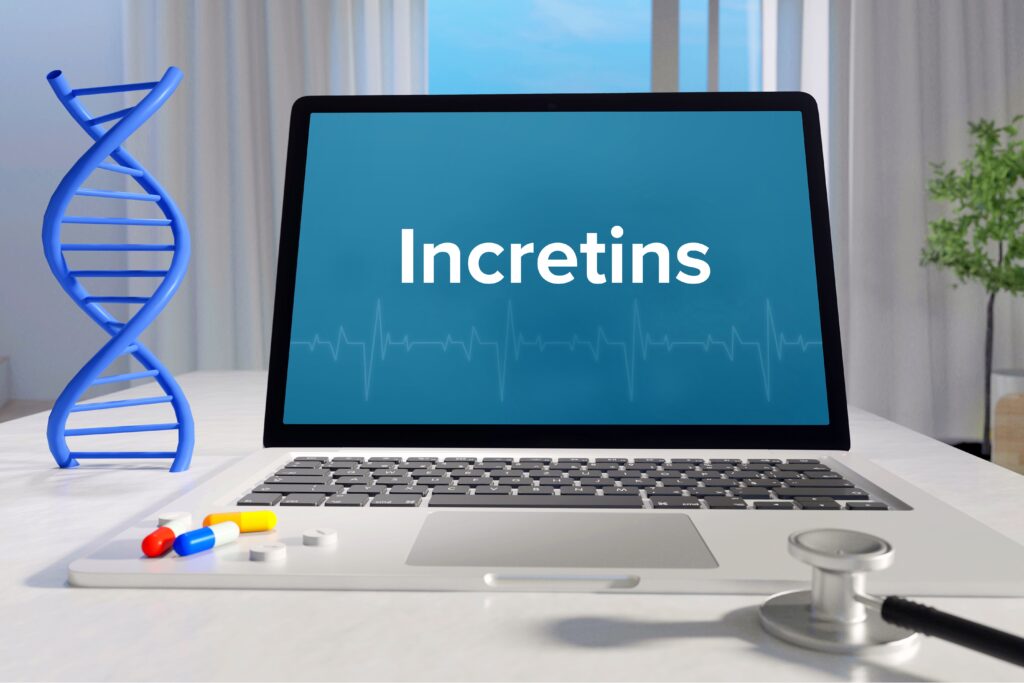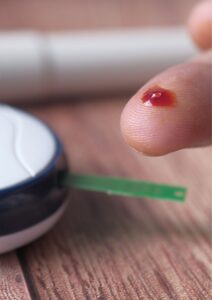Hello, all you science enthusiasts out there!
Today, let’s learn more about the fascinating world of hormones in the gut, especially a group called incretins. These tiny chemical signals play a huge role in our bodies, and when they were found, medical science changed for the better. So, fasten your seats because we’re going on a trip through time to look at how incretin ideas were born and how they came back to life.
The Beginning of Endocrinology in the Gut
William Bayliss and Ernest Starling, two outstanding researchers, produced a ground-breaking discovery at the start of the 19th century. They discovered that a specific chemical secreted by our gut lining regulates the release of pancreatic secretions. They named it “secretin,” and with that, the field of gastrointestinal endocrinology was born.
The idea of secretin started a change because it showed that neural reflexes don’t just control our stomach but also hormones. This was highly debated for years, but most people agreed that hormones are essential for how the gut works.
What do incretins mean?
Let’s jump ahead in time to the 1930s. Incretin is the name of a substance found in the upper gut tract that can lower blood glucose levels. This substance was discovered by a scientist named La Barre. La Barre said this incretin could be used to help people with diabetes. But the idea of incretins was put on hold for a while because study results were sometimes different.
The Comeback of Incretin Ideas
In the 1960s, science had changed enough that the idea of incretins could be looked at again. This was made possible by the creation of a new technique called radioimmunoassays (RIA). Scientists were once again interested in studying insulin-stimulating factors after RIA gave them a way to measure tiny amounts of hormones in the plasma.
Around this time, two groups of doctors, one in London and the other in Denver, found that giving glucose by mouth causes more insulin to be made than giving glucose through an IV. This was a huge step forward that proved that the incretin pathway existed.
GIP and GLP-1 are two types of incretins.
As the 1960s came to a close, scientists were still looking for the incretin that makes insulin come out. The Gastric Inhibitory Polypeptide (GIP) was the last new peptide they found. GIP was named for its ability to stop the stomach from making acid, but it was later found to also make insulin work better. But GIP alone couldn’t explain the whole incretin effect.
In the 1970s, GLP-1 was found because of the search for the other incretin. Since then, many studies have shown that GLP-1 helps insulin work better and fights diabetes, which opens up new ways to treat Type 2 diabetes.
In a nutshell, the incretins GIP and GLP-1 have been key to our knowledge of how our gut talks to our pancreas, which helps to control the amount of sugar in our bodies. The way they were found shows the beauty of scientific exploration: the never-ending search for knowledge, the debates, the victories, and the paradigm shifts that change the direction of medical history.
Stay tuned for more exciting science stories as we continue to explore the mysteries of our bodies and the world around us!
Till next time, keep exploring and never stop being curious!








